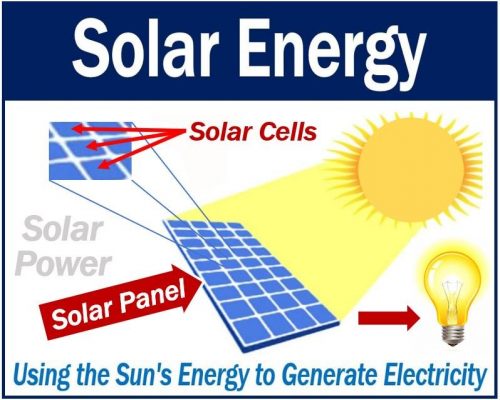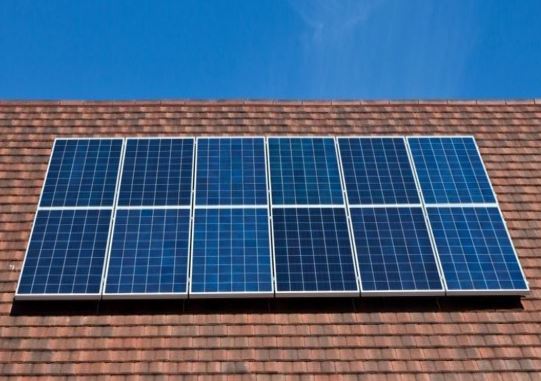If you are a solar panel user, you will receive a guaranteed payment for excess electricity generation. However, there will be a period during which households and businesses will have to give away their excess for free.
Energy and Clean Growth Minister Claire Perry announced that solar panel users will receive a guaranteed payment for power that they provide back to the grid. This is currently a government proposal.
This will upgrade the current Feed-in Tariffs scheme.
In a press release, the Department for Business, Energy, and Industrial Strategy wrote:
“The proposed ‘Smart Export Guarantee’ (SEG) would replace the existing ‘Feed-in Tariff’ scheme (FIT), with electricity suppliers paying new small-scale energy producers for excess electricity from homes and businesses being put back into the energy grid.”
“The new scheme could create a whole new market, encouraging suppliers to competitively bid for this electricity, giving exporters the best market price while providing the local grid with more clean, green energy, unlocking greater choice and control for solar households over buying and selling their electricity.”

Solar panel costs down 80%
Solar panel costs have declined by 80% since 2008. Therefore, it is the right time to review how these payments are made, Ms. Perry said. Currently, the scheme costs consumers about £1.2 billion per year.
Solar energy refers to capturing the energy from the Sun (sunlight) and converting it into electricity. We also call it solar power.
New solar panel users
With the new scheme, businesses and households installing new solar panels would be paid transparently for the electricity that they generated. Thus, consumers would be protected from significant cost-burdens by using established infrastructure (smart technology).
Under the current scheme, businesses and households that install small scale solar panels receive payment regardless. In other words, they get money even when the grid does not need electricity. The current system assumes that businesses and households export 50% of their solar energy.
Ms. Perry said:
“This new scheme could help us to build a bridge to the smart energy system of the future, with consumers firmly at its heart – not only buying electricity but being guaranteed payments for excess electricity they can supply to the grid.”
“It could also reduce strain on energy networks with a more decentralised and smarter local network delivering resilience much more cost effectively, unlocking innovative products for electric vehicles and home energy storage; a win-win for consumers and the environment and a key part of our modern Industrial Strategy.”
Most renewable energy comes from solar panels
Approximately 560,000 businesses and households generate electricity under the FIT scheme. They generate renewable energy through solar panels, wind energy, biomass, hydroelectricity, and anaerobic digestion. Anaerobic digestion involves generating electricity from waste products.
The vast majority (99%) of them are solar panel users. In other words, solar energy makes up the vast bulk of renewable energy generation from businesses and households.
What is renewable energy?
Renewable energy is energy that comes from an everlasting source. In other words, it never runs out. The term ‘everlasting,’ in this context, means within a human timeframe rather than a geological or astronomical timeframe.
Wind energy converts the energy from moving air (wind) into electricity. We never run out of wind. The same applies to biomass (burning wood and plants), geothermal (using Earth’s internal heat), and solar energy.
Hydropower also belongs to the renewable energy category. Hydropower involves capturing the energy from falling or flowing water and converting it into electricity.

